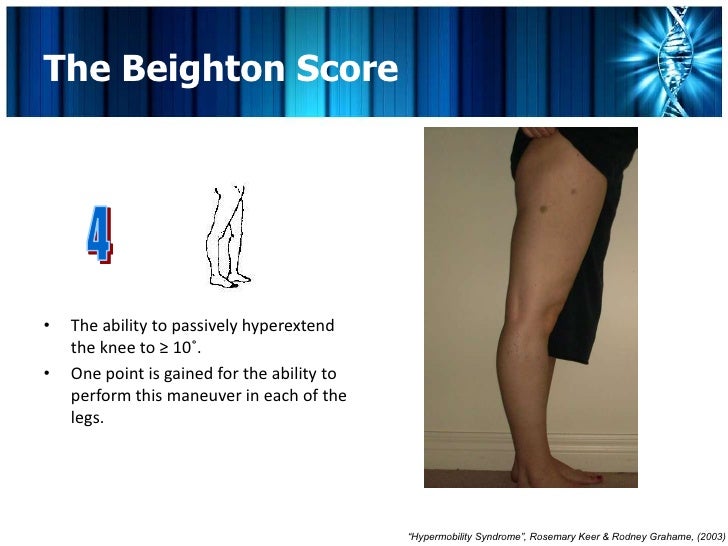All About Unraveling the Mystery of POTS and Hypermobility Syndrome: Causes, Diagnosis, and Treatment Options

POTS vs Hypermobility Syndrome: Understanding the Key Variations
Postural Orthostatic Tachycardia Syndrome (Containers) and Hypermobility Syndrome are two health care problems that can trigger significant problem for individuals. While each ailments affect the physical body's autonomic stressed system, they contrast in terms of symptoms, diagnostic standards, and procedure technique. Understanding these essential distinctions is important for correct medical diagnosis and appropriate control of these disorders.
Postural Orthostatic Tachycardia Syndrome (Flowerpots) is a condition defined by an irregular boost in soul price upon standing up. Individuals along with Containers might experience signs and symptoms such as lightheadedness, lightheadedness, trembles, and fatigue. They may also possess challenge regulating their blood stream pressure and maintaining suitable blood flow to their mind when transforming settings.
On the various other hand, Hypermobility Syndrome is a problem defined by excessive shared versatility or hypermobility. It is a combinative tissue ailment that impacts the collagen in the body, leading to laxity in ligaments and ligaments. People with Hypermobility Syndrome may possess junctions that expand beyond the ordinary array of movement, which can result in shared pain, weakness, and disconnections.
While both Containers and Hypermobility Syndrome include free dysfunction as part of their rooting mechanisms, they represent specific conditions with different diagnostic standards. POTS is usually detected located on particular medical findings such as an boost in soul fee of even more than 30 beats every minute within 10 mins of standing up or orthostatic signs lasting for at least six months. Added tests such as slant table testing might be performed to confirm the medical diagnosis.
In contrast, the prognosis of Hypermobility Syndrome depends on analyzing joint hypermobility using standardized rating units such as the Beighton Score or Brighton Criteria. These credit rating devices analyze various junctions' variation of activity to figure out if an individual has excessive flexibility. Various other indicators such as shared pain, persistent misplacements, and skin layer participation may likewise be thought about throughout the analysis procedure.
Therapy approaches for Containers and Hypermobility Syndrome also contrast based on their distinct component. In managing POTS, the emphasis is largely on boosting free function and easing signs. Lifestyle modifications such as boosting fluid and sodium intake, wearing compression stockings, and engaging in frequent physical exercise can aid manage blood circulation and decrease signs.
Medicinal interferences may additionally be utilized to handle heart cost or manage various other associated conditions such as intestinal problems or anxiousness. In addition, physical therapy may participate in a part in boosting muscular tissue toughness and balance to assist cardio feature.
For people with Hypermobility Syndrome, treatment approaches strive to deal with joint weakness and handle linked signs and symptoms. Cracking the Code: Hypermobility Syndrome Symptomatology plays a notable duty in boosting muscular tissues neighboring unstable joints to deliver assistance and lessen the danger of disconnections. Orthotic devices or dental braces may be used to maintain affected joints throughout tasks.
Discomfort management techniques such as nonsteroidal anti-inflammatory medicines (NSAIDs) or analgesics may be suggested for people experiencing joint pain. In some cases, surgical interferences could be required for extreme shared harm or recurring dislocations that do not respond to conservative measures.
It is important to note that some people can easily experience both Flowerpots and Hypermobility Syndrome at the same time due to their overlapping features. In these cases, procedure strategy might require to resolve each ailments' one-of-a-kind aspects while considering possible interactions between drugs or curative approaches.
In final thought, while POTS and Hypermobility Syndrome discuss some correlations regarding autonomic problems, they are distinct health care ailments along with different diagnostic standards and procedure strategy. Suitable understanding of these vital distinctions is essential in ensuring accurate prognosis and helpful management for individuals living with either problem. By adapting treatments particularly for each condition's unique component, medical care experts can easily provide optimal treatment that addresses individuals' needs comprehensively

